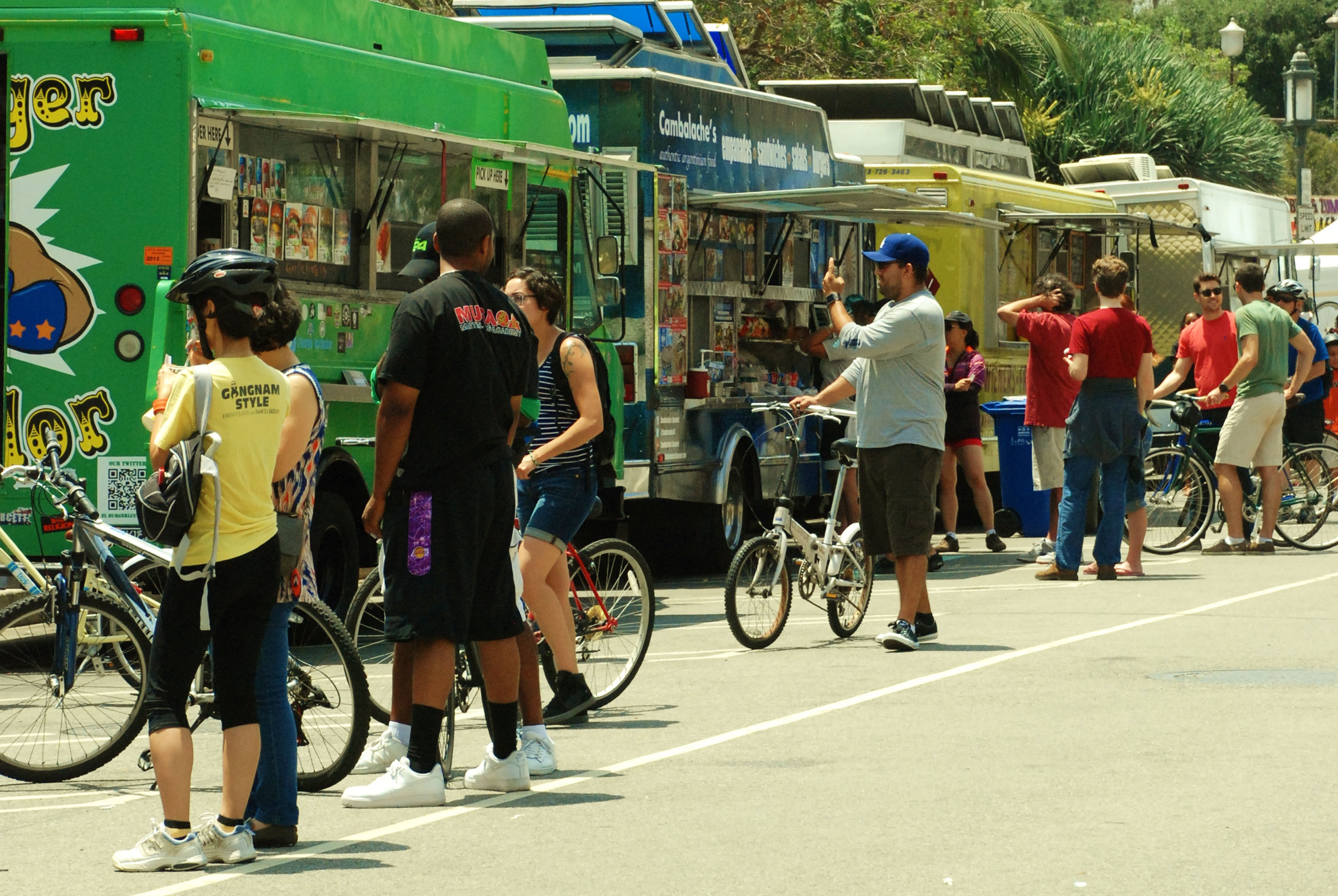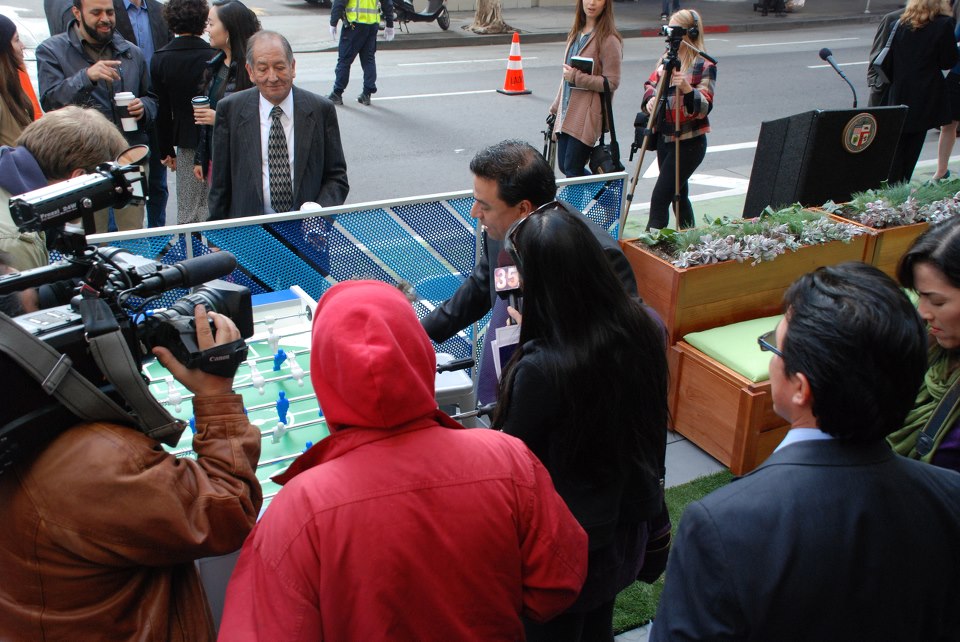Transfers Magazine – Issue 2
Issue 2 — Fall 2018 What Makes a Good Driver? The Impact of Gender, Age, Athletics, Video Games, and Confidence on Novice Drivers Nancy L. Wayne, Gregory A. Miller Does Light Rail Reduce Traffic? The Case of the LA Expo Line Genevieve Giuliano, Sandip Chakrabarti Worst-Case Scenarios: Flooding and Evacuation Plans in Honolulu Karl Kim, Pradip Pant, Eric Yamashita Converting Garages for Cars into Housing for People Anne E. Brown, Vinit Mukhija, Donald Shoup Opinion: Fueling Collisions: The Case for a Smarter Freight Tax Cody Nehiba Subscribe to Transfers

















